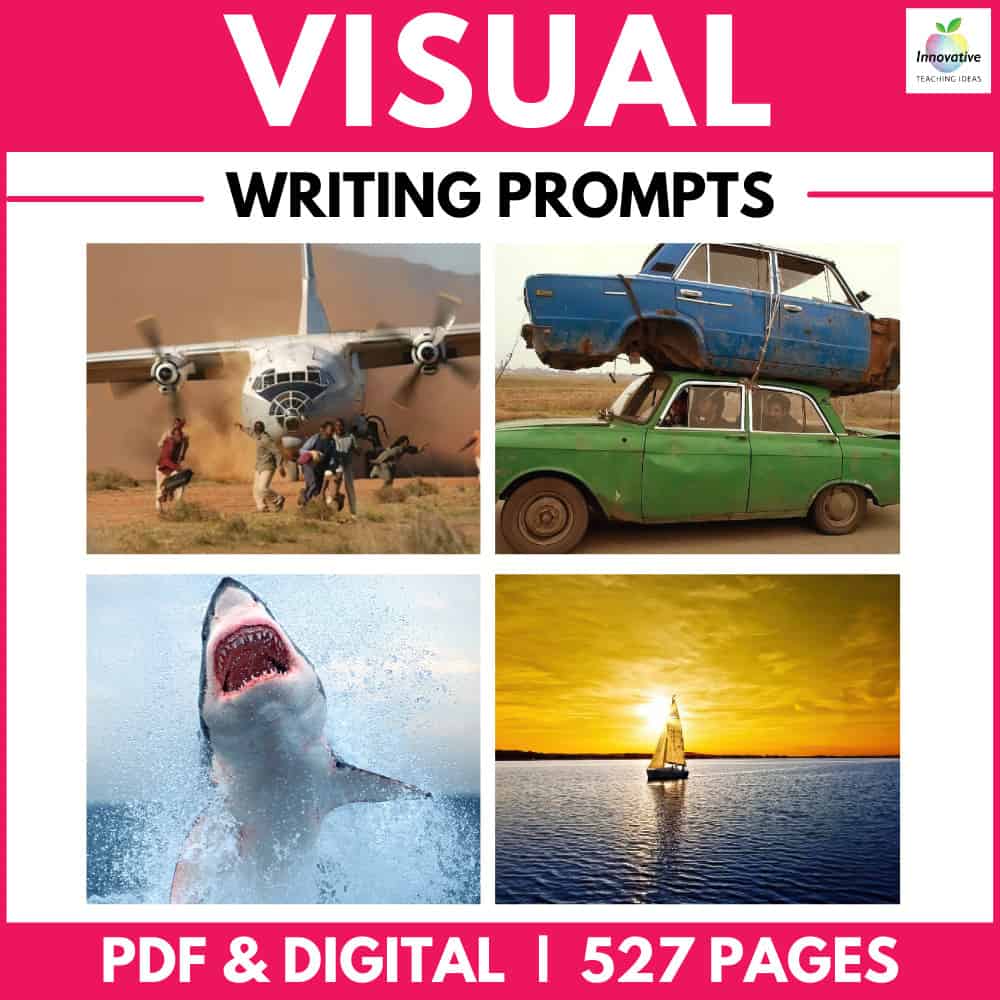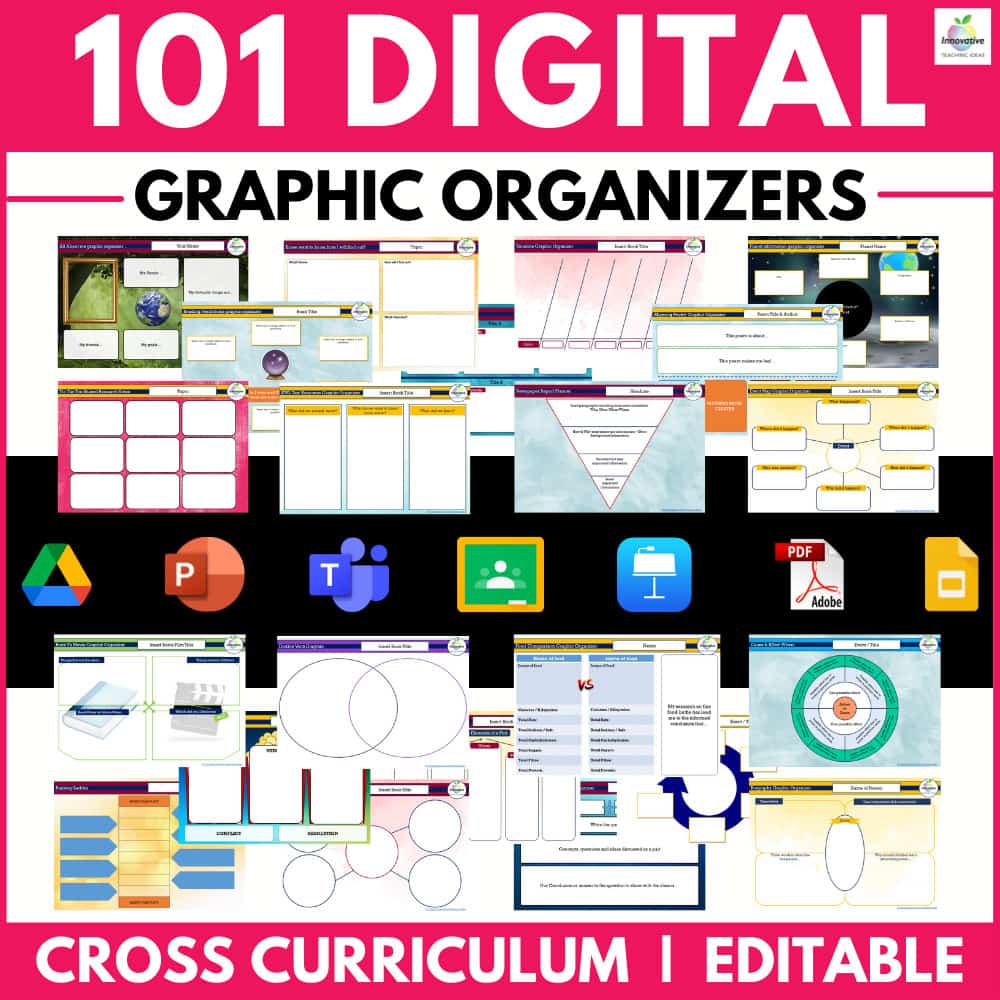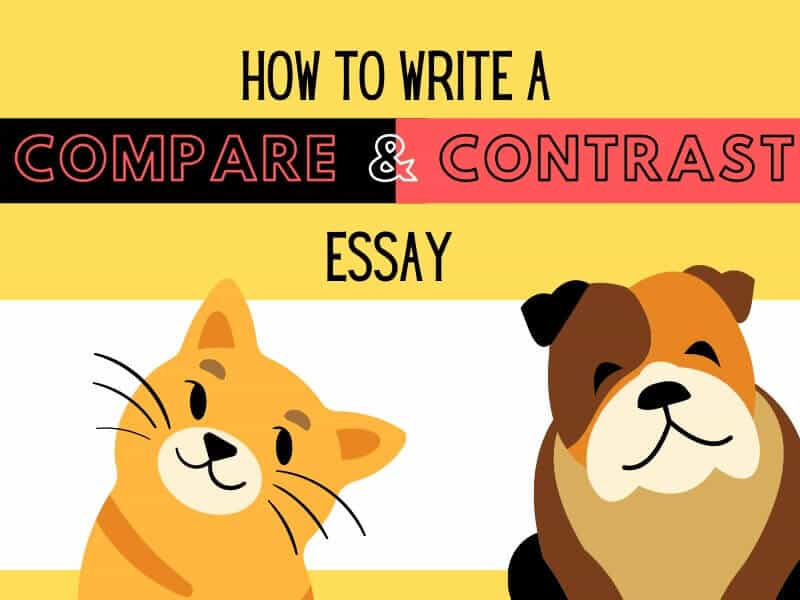
WHAT IS A COMPARE AND CONTRAST ESSAY?
Essentially, compare and contrast essays ask students to evaluate the similarities and differences between two things.
Usually, there will be some meaningful connection between the two things to be compared and contrasted.
These essays are not merely about stating the obvious; instead, they challenge the students to explore two or more topics and then express subtle similarities and understated differences that may not be immediately obvious to the casual reader.
For example, there is little point in asking students to compare and contrast a computer and a bicycle.
Both are material objects, but the extreme differences are obvious apart from that. More useful would be to ask students to compare and contrast two different models of computers or two different brands of bicycles to help them decide which to buy.
Compare and contrast essays encourage students to make distinctions and evaluate things that largely belong in the same category. This is an instrumental and practical skill to develop.
In this article, we will explore how to approach the writing of compare-and-contrast essays in a step-by-step manner. Following this method, students can soon write a well-structured compare-and-contrast essay on practically any topic.
Let’s get started.
A COMPLETE UNIT ON COMPARE AND CONTRAST ESSAY WRITING
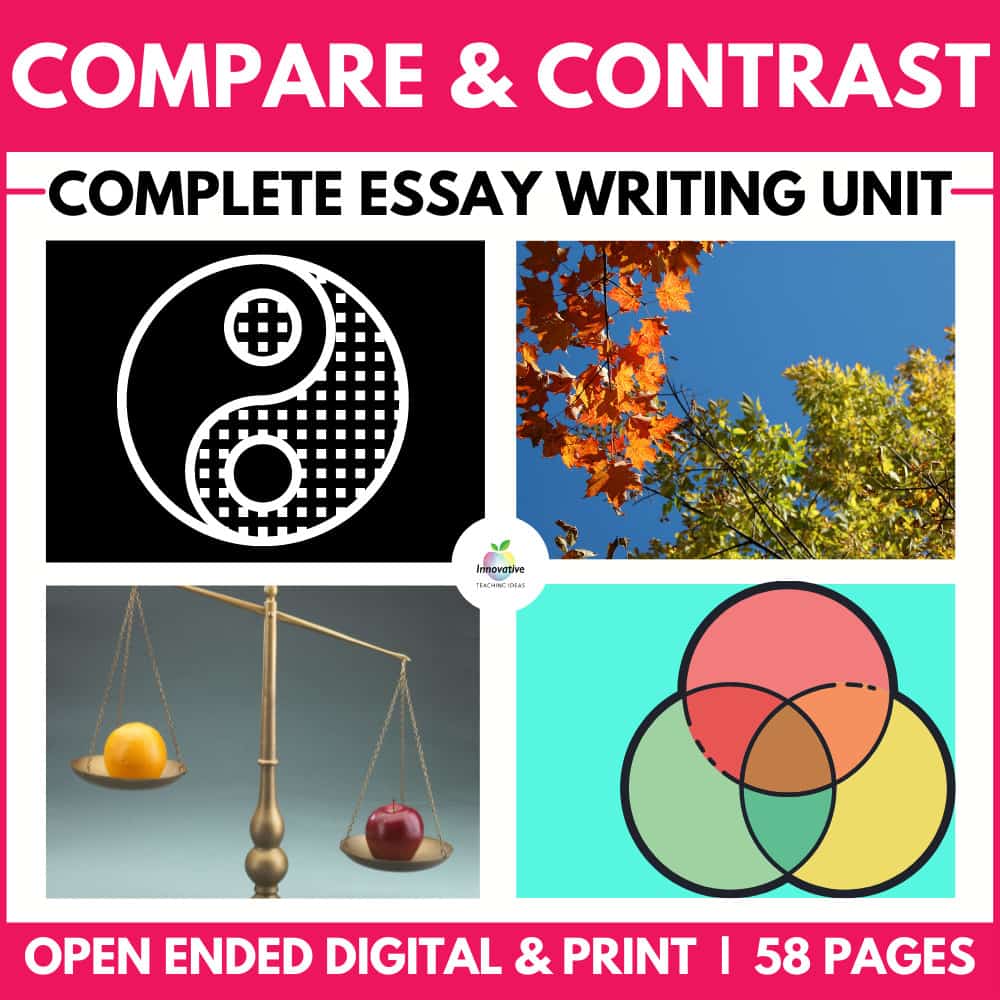
Teach your students how to write amazing compare and contrast essays with this COMPLETE UNIT of work which guides students through the process of research, analysis and articulating their thoughts into a well-structured essay.
IT INCLUDES
HOW TO WRITE A COMPARE & CONTRAST ESSAY
1. Understand your Task and Purpose
Compare, and contrast type questions ask students to do one of three things:
- To compare two or more things.
- To contrast two or more things.
- To compare and contrast two or more things.

For the purposes of this article, we’ll assume the compare and contrast essay is focused on comparing and contrasting two things.
Now, let’s break down the two keywords to examine what they ask the students to do:
Compare asks the students to look at two things in relation to their similarities.
Let’s compare apples and oranges as a quick example.
Apples and oranges have many commonalities. Firstly, they are both fruits that are grown on trees. They are also both a popular and tasty food choice for many people.
Additionally, apples and oranges are nutritious and provide essential vitamins and minerals for our bodies.
Finally, apples and oranges can be used in various recipes, from baked goods to juices, and they are both easily accessible and affordable. So, even though apples and oranges are different in many ways, they both have some similarities that make them essential parts of a healthy and balanced diet.
Contrast asks the students to examine how the two things differ. Let’s now explore the differences in a quick written example.
Apples and oranges differ in many ways. Firstly, they have a different appearance – apples are round and come in different colors like red, green and yellow, while oranges are oval and have a bright orange appearance.
Secondly, they have a different texture – apples are crunchy, while oranges are juicy. They have different tastes – apples are sweet and tangy, while oranges are sweet and slightly sour.
They also contain different vitamins and minerals – apples are a good source of vitamin C, while oranges are a great source of vitamin C and fibre. So, even though they are both fruits, apples and oranges are different in terms of their appearance, taste, and nutritional value.
It is important that students do both when they are asked a compare-and-contrast question. It may seem obvious, but very often students do one and neglect to do the other.
These ‘things’ could be anything from historical figures to poems, philosophies to fictional characters, but the essential criteria will remain pretty much the same regardless.
2. Identify Similarities and Differences

The starting point for planning this type of essay is to list the similarities and differences between the two things. This can be done simply in table form or, for the more visually orientated, in the form of a Venn diagram.
Venn diagrams are an especially useful form of graphic organizer that allows the student to see the information at a glance. This is extremely helpful while students are writing.
Brainstorming the similarities and differences can be done by focusing on one subject at a time or by dealing with common traits or features one by one. This will depend not just on the student’s preferences but on the nature of the subjects being examined.
Whether listing the similarities and differences in columns or on a Venn diagram, it’s helpful for students to keep their list of characteristics parallel. That is, the related features between each of the subjects should be displayed clearly together.
3. Choose a Suitable Organizational Structure
Once your students have listed their main points, they need to choose a suitable organizational structure to help present their ideas in essay form.
In most instances, one of two structures will best meet the needs of any compare-and-contrast type essay. These two possible organizational structures are:
- The block structure
- The point-by-point structure
In the block structure, each subject is dealt with in turn. That is, the characteristics of Subject 1 are written about first and, in the second half of the essay, the characteristics of Subject 2 are written about.
The block structure is generally easier to write as the student need only focus on one subject at a time.
However, the point-by-point structure more often provides a clearer vehicle for comparing and contrasting the various aspects of both subjects.
Using the point-by-point structure generally requires more skill from the student to weave the similarities and differences of each subject into the fabric of each paragraph. However, it is also the default setting for most compare and contrast essays, and students should be practised in it accordingly.
4. Gather Supporting Evidence

Once students have analyzed the question and identified the similarities and differences between the two subjects, they’ll need to gather supporting evidence to back up any assertions they make in their essays.
Students can use many different types of evidence to support the statements in their essays.
Some of the most common types of evidence in compare and contrast essays include statistical, textual, testimonial, and anecdotal evidence.
Let’s take a closer look:
Statistical Evidence is perhaps the strongest type of evidence that can be used to support an argument. People like numbers! However, the most important aspect of using statistical evidence is that they come from a reliable source – those cynical of statistics echo the old adage, “There are three kinds of lies: lies, damned lies, and statistics”.
Textual Evidence is often needed to support an argument, especially when writing about a book, a play, a speech, etc. When using textual evidence in an essay, it is important that students state clearly the source of the evidence they use. Textual evidence can come in many different forms, including:
● Direct quotations from a text
● Summaries of the content of a text
● Paraphrasing of what an author has said on a topic.
Testimonial Evidence refers to the use of expert opinion to bolster an assertion. As with the use of statistical evidence, it is important to select the sources in question carefully. Selecting an unreliable or compromised ‘expert’ can call into question the merit of any argument made. When an expert has been chosen to provide testimonial type evidence, students should establish their credibility by stating who they are and why they are considered an expert before quoting them.
Anecdotal Evidence is often considered to be the weakest form of evidence due to its highly personal nature. Basically, anecdotal evidence takes the form of the retelling of a personal experience. Though it is often criticized as a weak form of evidence, it can be useful when used correctly in an essay. Anecdotes often work well as a ‘hook’ to grab the reader’s attention at the beginning of an essay. Not only do they grab the reader’s attention effectively, but anecdotes also work well in building a personal connection with readers from the outset.
5. Compare and Contrast Essay Transitional Language
Nothing makes a text staler for a reader than the overuse of favorite words and the endless repetition of pet phrases.
Variety is the spice of not only life but of essay writing too. As students weave comparisons and contrast into their essays, they’ll be required to employ transition signals to introduce their points.
Transition signals are words and phrases that are used to signal the relationship between ideas in a text to the reader. It is helpful to students to have a variety of these to hand and to know which can be used to introduce comparisons and which can be used to introduce contrasts.
Let’s take a look at some examples for each:
Comparison Transition Signals
- Likewise
- Similarly
- Both…and…
- Neither…nor…
- Just as / Just like
- In a similar manner
- Analogous to
Contrasting Transition Signals
- However
- In contrast to / Contrastingly / In comparison / By comparison
- On the contrary
- On the other hand
- While
- Whereas
- Nevertheless
Tips for Writing a Great Compare and Contrast Essay
- Start by choosing two logical subjects that you would like to compare and contrast.
- Research both subjects thoroughly to gain a deeper understanding of their similarities and differences.
- Create a clear and compelling thesis statement that defines the purpose of your essay.
- Organize your essay into paragraphs that compare and contrast specific aspects of each subject.
- Use relevant and appropriate examples to support your comparisons and contrasts.
- Use transitional words and phrases to help guide the reader through your essay.
- Avoid simply listing the similarities and differences of each subject. Instead, focus on making meaningful comparisons and contrasts.
- Use a variety of sentence structures and vocabulary to make your writing engaging and interesting.
- Revise and edit your essay for clarity, coherence, and grammatical correctness.
- Proofread your essay one final time to catch any remaining errors and make sure that your essay is ready for submission.
Remember, writing a compare and contrast essay is an opportunity to show your creativity, critical thinking skills, and writing abilities. So, have fun with it and let your unique voice shine through!
101 DIGITAL & PRINT GRAPHIC ORGANIZERS FOR ALL CURRICULUM AREAS
Introduce your students to 21st-century learning with this GROWING BUNDLE OF 101 EDITABLE & PRINTABLE GRAPHIC ORGANIZERS. ✌NO PREP REQUIRED!!!✌ Go paperless, and let your students express their knowledge and creativity through the power of technology and collaboration inside and outside the classroom with ease.
Whilst you don’t have to have a 1:1 or BYOD classroom to benefit from this bundle, it has been purpose-built to deliver through platforms such as ✔ GOOGLE CLASSROOM, ✔ OFFICE 365, ✔ or any CLOUD-BASED LEARNING PLATFORM.
Teaching Resources
Use our resources and tools to improve your student’s writing skills through proven teaching strategies.
COMPARE AND CONTRAST TEACHING STRATEGIES AND ACTIVITIES
Compare and Contrast Activity #1
Students should get into the habit of closely examining the question they are writing the essay in response to, especially in high-pressure situations like exams.
Too often, students under pressure misread essay prompts and either miss out on a crucial aspect of the set question or, worst of all, answer an entirely different question to the one that was set.
To help students focus on the specifics of the question, encourage them to underline keywords and phrases with a highlighter or a colored pen.
Another great way to encourage students to focus attention on the specifics is to have students practice rewriting the question in their own words.
While this may not be practical in an exam situation, it is a great way for students to get accustomed to paying close attention to essay questions in less pressured scenarios such as homework and classwork.
Compare and Contrast Activity # 2
Set a compare and contrast question and then instruct your students to use a Venn diagram as a brainstorming tool to help organize their ideas.
Students should draw two circles slightly overlapping and write down things the subjects share in common in the intersection of the two circles. This will enable students to see areas of commonality and divergence between the two subjects at a glance.
Compare and Contrast Activity # 3
Students can use the information they produced in the previous two activities for this activity.
In this activity, students will draft three paragraphs for a compare-and-contrast essay using the point-by-point structure.
To do this, they will use the traditional five-paragraph essay structure as follows:
- Paragraph 1: Introduction
- Paragraphs 2, 3, & 4: Body Paragraphs
- Paragraph 5: Conclusion
The focus of your students’ outlines will be on the body paragraphs. From the points listed in the previous exercises, students select 3 main points to focus on; one for each of the body paragraphs they’ll write.
Instruct students to make their point by focusing on Subject 1 first, and then on Subject 2. This will complete the first paragraph. They’ll then repeat this process for points 2 and 3 to produce paragraphs 2 and 3.
At the end of this, they will have the three body paragraphs of their compare and contrast essay. From there, they can then reverse engineer their introduction and then complete their conclusions.
This exercise is a useful way to provide students some practice in structuring body paragraphs. Not only that, but it’s also a legitimate way to write an essay itself. This method can often reveal to the writer the best way forward when it comes to writing the introduction and conclusion.
Compare and Contrast Activity #4
Using the points outlined in previous activities, challenge students to produce as many types of evidence in support of each assertion as possible. In groups, students can then present their evidence to each other and discuss which is the most convincing and why given the specific context.
Compare and Contrast Activity # 5
Whether making comparisons or contrasts, students must consider carefully which criteria they are using in regards to the two subjects they are dealing with.
For example, if students are contrasting two subjects, say, two people, they may write something like,
Alfred is intelligent and handsome, whereas Brian is short and strong.
While the use of the transition signal whereas in the above sentence effectively sets up a contrast between Alfred and Brian, what isn’t clear is which criteria are being contrasted.
When discussing Alfred’s attributes in the first part of the sentence, the criteria employed are intelligence and looks. In the second part of the sentence, two new criteria are introduced, namely height and physical strength.
This is one of the most common errors made by students in these types of essays. To help students gain practice in this area, write a few example sentences on the whiteboard using the model sentence above to help. Then, have students identify the four different criteria and write two separate contrast sentences that avoid the error illustrated.
For example, in response to the model sentence, students might write the following two corrections:
i. Alfred is intelligent and handsome, whereas Brian is stupid and ugly.
ii. Brian is short and strong, while Alfred is tall and weak.
You can encourage students to vary the contrast transition signals they use to gain practice in this area too.
Compare and Contrast Essay ExampleS (student Writing Samples)
Below are a collection of student writing samples of compare and contrast essay. Click on the image to enlarge and explore them in greater detail. Please take a moment to read both the compare and contrast essays in detail and the teacher and student guides highlighting some key elements to consider before writing.
Please understand these student writing samples are not intended to be perfect examples for each age or grade level but a piece of writing for students and teachers to explore together to critically analyze to improve student writing skills and deepen their understanding of compare and contrast writing.
We would recommend reading the example either a year above and below, as well as the grade you are currently working with, to gain a broader appreciation of this text type.



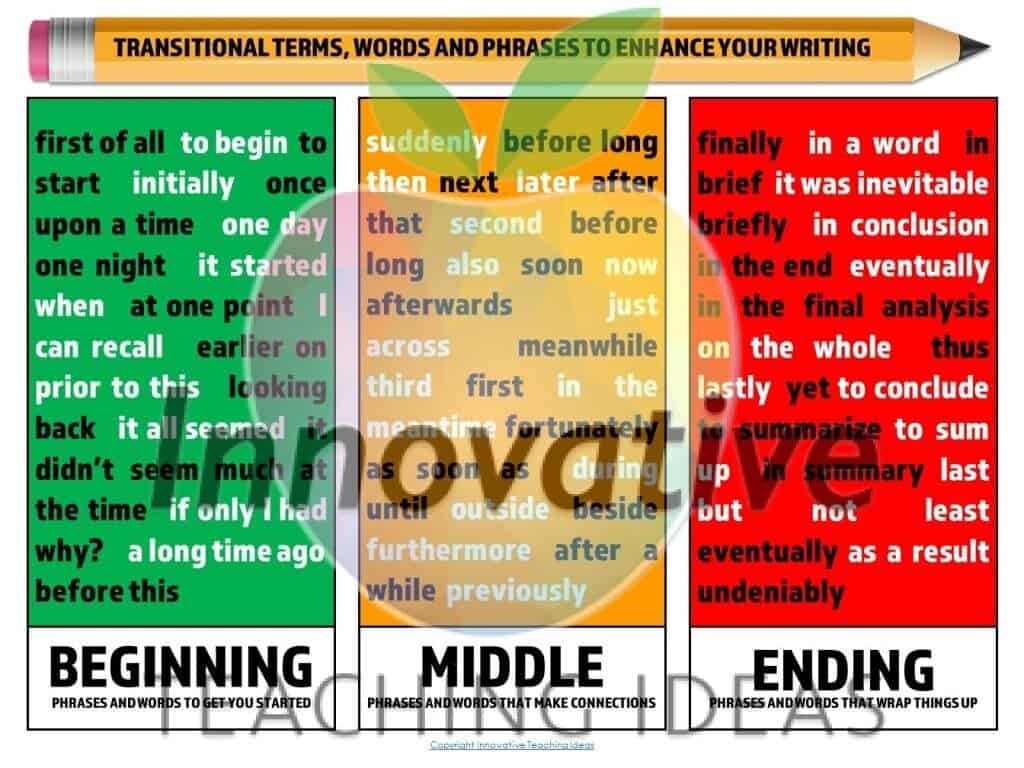
In Conclusion
While there are many technical aspects for students to master on the road to producing well-written compare and contrast essays, the above provides a clear signpost to set them off in the right direction.
Most of the specific skills focused on in the practice activities above will not only improve your student’s abilities to write compare-and-contrast-type essays but will improve their writing in other areas too. Just be sure to offer ample opportunities to practice!
ESSAY WRITING CHECKLIST & RUBRIC BUNDLE
⭐⭐⭐⭐⭐ (92 Reviews)


